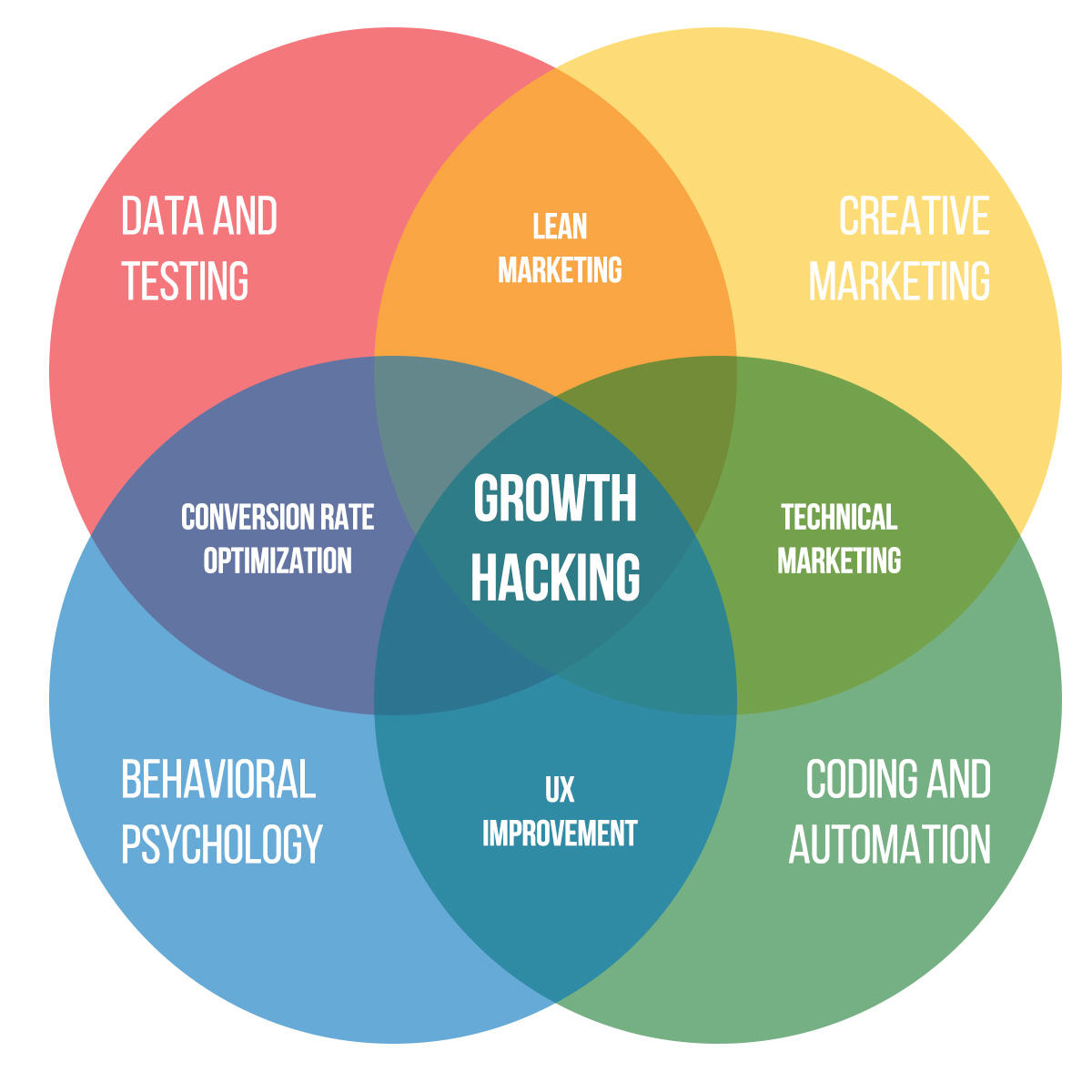In today's competitive business landscape, startups face immense pressure to achieve rapid growth and establish a strong market presence. Traditional business development strategies, while effective, often require significant time and resources. Growth hacking, on the other hand, leverages data-driven experimentation and digital marketing techniques to achieve rapid growth and scale. This white paper explores the intersection of growth hacking and business development, outlining how these two approaches can complement each other to drive sustainable growth for startups.
White Paper: Growth Hacking and Business Development: A Synergistic Approach to Scaling Startups
Introduction
In today's competitive business landscape, startups face immense pressure to achieve rapid growth and establish a strong market presence. Traditional business development strategies, while effective, often require significant time and resources. Growth hacking, on the other hand, leverages data-driven experimentation and digital marketing techniques to achieve rapid growth and scale. This white paper explores the intersection of growth hacking and business development, outlining how these two approaches can complement each other to drive sustainable growth for startups.
Understanding Growth Hacking and Business Development
Growth Hacking is a data-driven approach to marketing and product development that emphasizes rapid experimentation and iteration to achieve significant growth. Growth hackers focus on identifying and optimizing key metrics, such as user acquisition, activation, retention, revenue, and referral (AARRR).
Business Development is a strategic process that involves building relationships, identifying new opportunities, and securing partnerships to drive business growth. Business development professionals often focus on expanding market reach, entering new markets, and forging strategic alliances.
The Synergy Between Growth Hacking and Business Development
While growth hacking and business development may seem like distinct activities, they can work together synergistically to achieve optimal results. Here are some key areas where these two approaches can complement each other:
-
Customer Acquisition:
-
Growth Hacking: Utilize data-driven marketing techniques like content marketing, social media advertising, and search engine optimization (SEO) to attract and convert potential customers.
-
Business Development: Leverage partnerships and strategic alliances to reach new customer segments and expand market reach.
-
-
Product Development:
-
Growth Hacking: Use A/B testing and customer feedback to continuously improve the product and enhance user experience.
-
Business Development: Collaborate with partners to co-develop new products or features that address specific market needs.
-
-
Market Expansion:
-
Growth Hacking: Employ data-driven market research and customer segmentation to identify promising new markets.
-
Business Development: Establish partnerships and distribution channels in target markets to accelerate growth.
-
-
Customer Retention:
-
Growth Hacking: Implement personalized marketing campaigns and loyalty programs to foster customer retention and loyalty.
-
Business Development: Develop strategic partnerships that provide additional value to customers, such as exclusive discounts or premium services.
-
Case Studies and Best Practices
To illustrate the effectiveness of combining growth hacking and business development, this white paper will present case studies of successful startups that have employed this approach. Additionally, we will provide best practices and recommendations for startups looking to leverage the synergy between these two strategies.
Conclusion
Growth hacking and business development are not mutually exclusive approaches. By effectively combining these two strategies, startups can achieve rapid growth, expand their market reach, and build sustainable businesses. By understanding the key areas of overlap and leveraging the strengths of both approaches, startups can position themselves for long-term success in today's competitive landscape.
Note: This white paper outline provides a framework for exploring the intersection of growth hacking and business development. To create a more comprehensive and informative white paper, you may consider conducting in-depth research, interviewing experts in the field, and including specific examples and data to support your claims.
References
Books
-
Ries, E. (2011). The Lean Startup: How Today's Entrepreneurs Use Continuous Innovation to Create Radically Successful Businesses. Crown Business.
-
Van der Linden, J. (2017). Growth Hacking: A Practical Guide to Building and Scaling Your Business. Wiley.
-
Butterfield, J. (2018). Business Development: A Guide for Entrepreneurs. Wiley.
-
Kotler, P., & Keller, K. L. (2016). Marketing Management. Pearson.
Articles and Research Papers
-
Hamel, G., & Prahalad, C. K. (1994). "Competing for the Future." Harvard Business Review, July-August.
-
Christensen, C. M. (1997). "The Innovator's Dilemma: When New Technologies Cause Great Firms to Fail." Harvard Business Review, March-April.
-
Aaker, D. A. (1991). "Managing Brand Equity: Capitalizing on the Value of a Brand Name." Journal of Marketing, April.
-
Porter, M. E. (1985). "Competitive Advantage: Creating and Sustaining Superior Performance." Free Press.
Online Resources
-
Startup Grind: https://www.startupgrind.com/
-
The Growth Hacker: https://thegrowthhackers.net/blog/
-
Business Development Association: http://bdaie.net/
-
Harvard Business Review: https://hbr.org/
Note: This is a starting point. You may need to conduct further research and include additional references based on your specific research focus and the sources you use. Please contact keencomputer.com for details.
